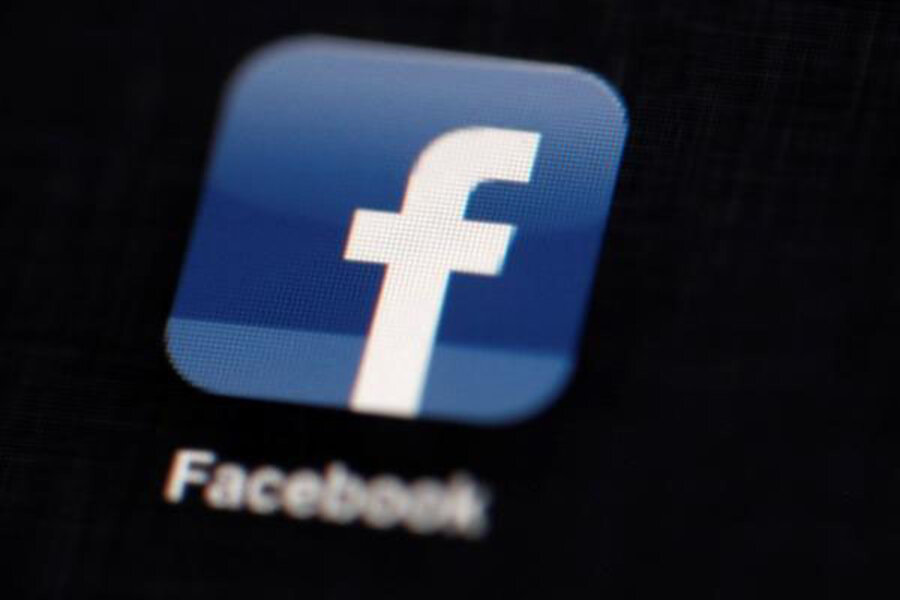General Motors gives Facebook another try
Loading...
"If you love something, set it free; and if it comes back, then it’s yours." That proverb seems to ring true for General Motors and Facebook. GM has announced that it will test-run advertising with Facebook after their very public break-up last May, just before Facebook’s initial public offering.
It was very bad timing for Facebook -- a major company pulling out $10 million just before its IPO. But now, less than a year from the split, GM and Facebook have reunited to advertise Chevrolet’s subcompact car, the Sonic. The Sonic is being marketed toward young people.
GM pulled its paid advertisement at the behest of its former Chief Marketing Officer Joel Ewanick. Mr. Ewanick stopped paid ads with Facebook under the claim that there was no proof that such ads were more successful than the free GM brands pages.
However, many things have changed with Facebook since then. In January, reports were published that Facebook has become the most used mobile application in the United States. Close to a quarter of the time that Americans spend using mobile apps is taken up just on Facebook. It comes as no surprise, then, that GM will run its advertisements solely through Facebook's mobile site.
“It’s almost inevitable that they would be back," says Brennan White, directing manager of Pandemic Labs in Boston. “Facebook is the dominant mobile application. We’re seeing a huge increase in Facebook advertising dollars and Facebook mobile advertising.”
Mr. White explains that Facebook has put considerable effort into “cracking the mobile nut, so to speak.” Big companies like GM can better target potential customers if they pair up with Facebook, he says.
So, what else caught GM’s attention?
Facebook’s latest additions proved attractive to the automobile maker, according to valuewalk.com.
“Another key feature is the introduction of FBX ad-exchange, which inserts highly targeted promos into the users’ timeline. It increased the likelihood of users seeing and clicking more ads,” writes Vikas Shukla of valuewalk.
As was mentioned before, it was GM's Mr. Ewanick that decided against paid ads on Facebook. Ewanick was forced to leave GM last July after not giving full disclosure with regards to Chevy’s sponsorship of the soccer team Manchester United.
GM replaced him with Alan Batey, who has reversed many of Ewanick’s decisions.
In addition to returning to Facebook, Mr. Batey has also reversed Ewanick’s decision to split Chevrolet advertising between Goodby Silverstein and McCann Worldgroup, consolidating it under McCann and changed the “Chevy runs deep” campaign to “Find new roads.”
Mobile ads are becoming a big part of Facebook’s revenue. The recent unveiling of Facebook’s Home app could further cement its seat in the app-universe. The social-network giant estimates that 23 percent of its ad revenue in the fourth quarter came from mobile ad, according to CNN.
Will Facebook and GM stay together this time? Nothing is certain; the ads are, after all, a test-run. However, with the ad market turning digital, Facebook could play a much bigger part in many companies's ad plans.
For more tech news follow Aimee on Twitter, @aimee_ortiz







